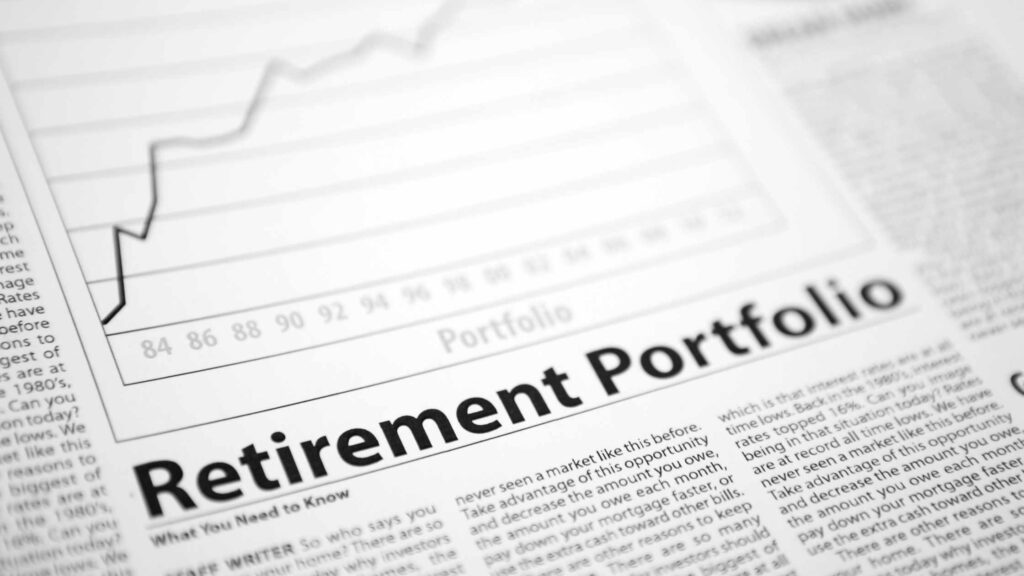Introduction
Retirement is a significant milestone in life that requires careful planning and preparation. One crucial aspect of retirement planning is maintaining a healthy portfolio that can provide a steady stream of income during your golden years. Balancing risk and returns is vital to ensure the longevity and stability of your retirement funds. In this article, we will discuss strategies and tips to maintain a healthy retirement portfolio.
Understanding Risk and Returns
Before delving into portfolio management, it’s essential to understand the concepts of risk and returns. Risk refers to the uncertainty and potential for loss associated with an investment, while returns represent the gains or profits generated from an investment. The relationship between risk and returns is generally positive, meaning that higher returns are often accompanied by higher risks.
Asset Allocation and Diversification
One of the key strategies for maintaining a healthy retirement portfolio is asset allocation. Asset allocation involves dividing your investments across various asset classes such as stocks, bonds, and cash. The goal is to achieve a balanced portfolio that can withstand market fluctuations.
Diversification is another essential element of portfolio management. By spreading investments across different industries, geographic regions, and types of securities, you can reduce the impact of any single investment on your overall portfolio. Diversification helps manage risk and can improve long-term returns.
Determining Risk Tolerance
Before deciding on your asset allocation and diversification strategy, it’s crucial to assess your risk tolerance. Risk tolerance refers to your ability and willingness to take on investment risks. Factors such as age, financial goals, and personal circumstances can influence your risk tolerance.
If you have a higher risk tolerance, you may be comfortable with a more aggressive portfolio that includes a higher allocation to stocks. On the other hand, if you have a lower risk tolerance, you may opt for a more conservative approach with a greater focus on fixed-income investments.
Regular Portfolio Rebalancing
Once you have established your initial asset allocation and diversified your investments, it is essential to regularly review and rebalance your portfolio. As market conditions change, the value of different investments within your portfolio may fluctuate, leading to an imbalance in your asset allocation.
Portfolio rebalancing involves selling some investments that have performed well and buying others that may be underperforming. By doing so, you bring your portfolio back to its desired asset allocation. Regular rebalancing ensures that your portfolio remains aligned with your risk tolerance and long-term goals.
Staying Informed and Seeking Professional Advice
Maintaining a healthy retirement portfolio requires a proactive approach. Stay informed about current market trends, economic indicators, and investment opportunities. This knowledge will help you make informed decisions and adjust your portfolio accordingly.
It’s also essential to consider seeking professional advice from a financial advisor who specializes in retirement planning. They can provide personalized guidance based on your specific needs and circumstances. A professional can help you navigate complex investment strategies, optimize tax efficiencies, and ensure your portfolio remains on track.
Mitigating Sequence of Returns Risk
Sequence of returns risk is a potential danger to retirement portfolios. It refers to the impact of the order in which investment returns are generated. A series of poor returns early in retirement can significantly deplete your portfolio compared to the same sequence of returns later in retirement. To mitigate this risk, some strategies include having a balanced allocation of assets and refraining from significant portfolio withdrawals during bear markets.
Emphasizing Long-Term Growth
While it’s necessary to balance risk and returns, retirement portfolios typically have a longer investment horizon. As a retiree, you may still have several decades ahead of you. Therefore, it’s essential to prioritize long-term growth to ensure that your portfolio remains sustainable in the face of inflation and increasing living costs.
Summary
Maintaining a healthy retirement portfolio is a crucial aspect of securing your financial future. By effectively balancing risk and returns through asset allocation, diversification, and regular portfolio rebalancing, you can optimize your retirement funds. Stay informed, seek professional advice, and emphasize the importance of long-term growth to ensure a comfortable and stress-free retirement.







